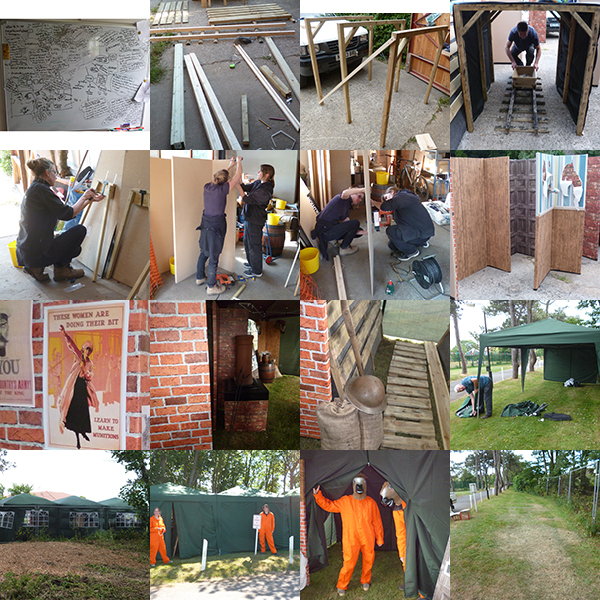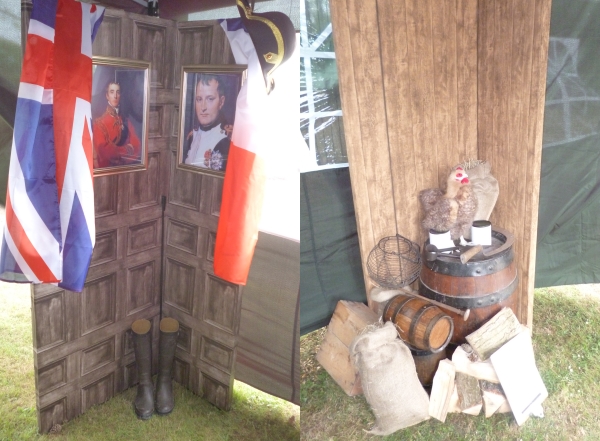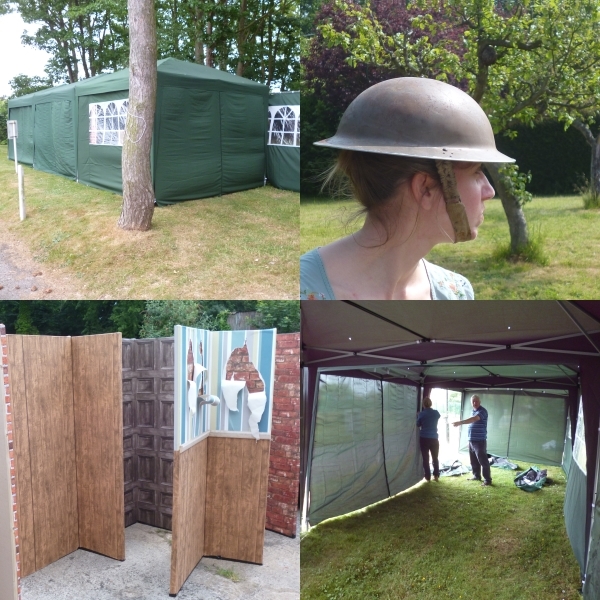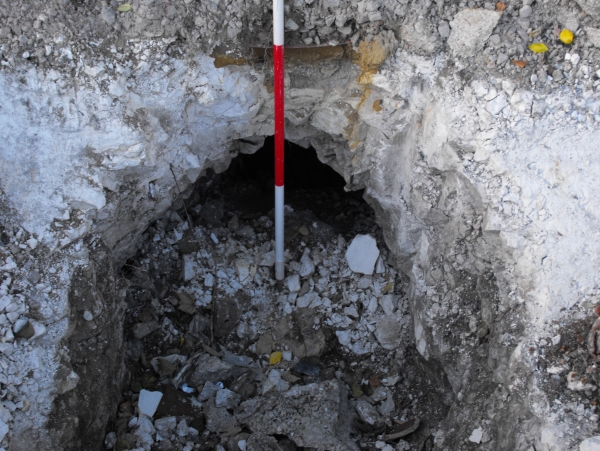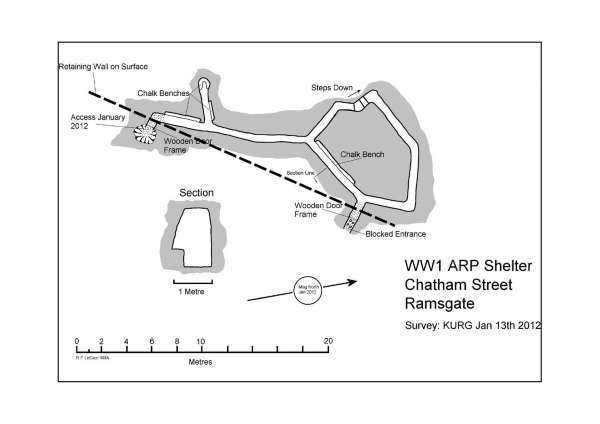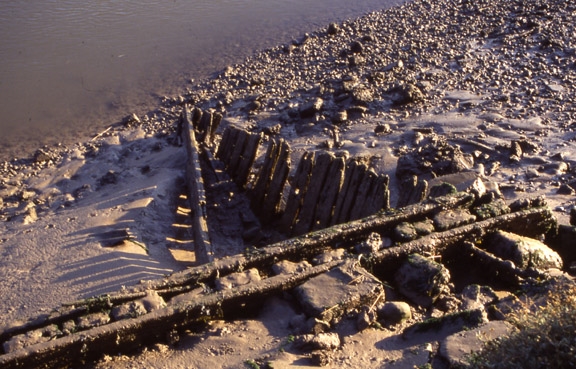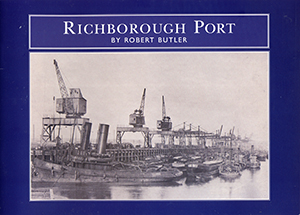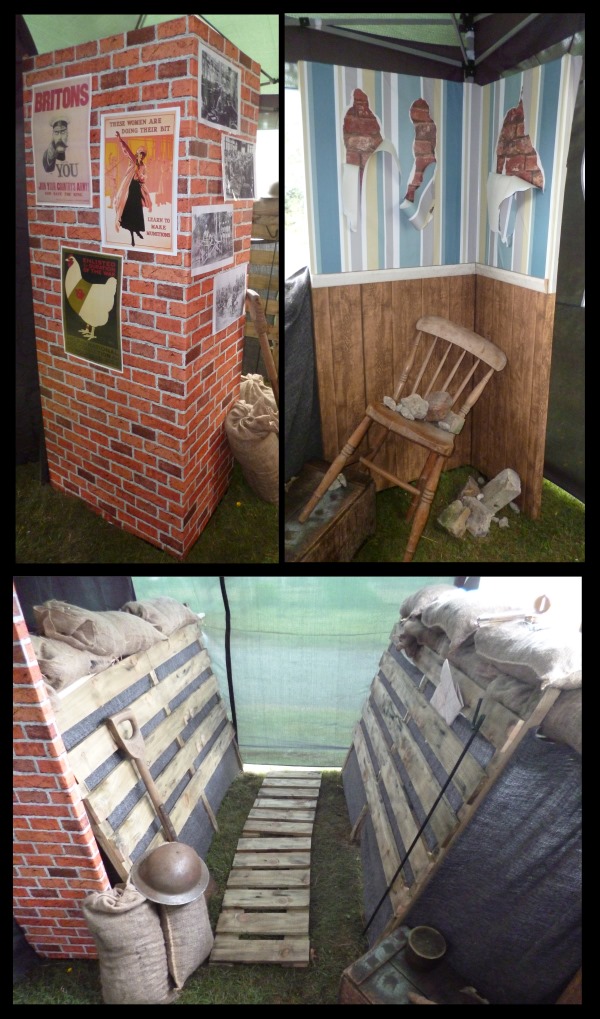
Today’s image for Day 354 show the final stages in our TimeTunnel journey from Waterloo to World War One that we have been delivering to local schools at Bradstow School, Broadstairs this week.
Day 351 covered the first stage in the TimeTunnel journey from the battle of Waterloo to what life was like in Britain in 1815; Day 352 described the second stage which took us from Queen Victoria to the Crimean War and Day 353 covered the Industrial Revolution and the growing threat from a unified of Germany.
Our final stage in the TimeTunnel allowed our visitors to find out what life was like in the First World War both at home and abroad. In the image show in the top left of the picture our factory wall holds a number of posters that were pasted up around towns and cities encouraging men to join up to fight in the war and women to contribute to the war effort by working in munitions factories. Even chickens were enlisted into the war effort to provide eggs for wounded soldiers! On the opposite face of the wall pictures of women working in munitions factories gave our visitors an idea of what it was like for women at home and a series of pictures of troops from different parts of the empire, in particular the South African 1st Infantry Brigade and Indian Bicycle Troops who both fought at the Somme emphasise that it was not just European soldiers fighting and dying in this war.
That the war was now no longer restricted to the battle field but could also threaten the lives of people at home through bombing from both aeroplane and Zeppelins, which were relatively recent inventions, was highlighted in the next vignette of a bomb damaged house (image top right). Here our visitors were told of the Zeppelin attacks on the local area including Bradstow School itself and that nearby Ramsgate was the most bombed seaside town in World War 1.
Our final vignette showed our visitors what life might have been like living in the trenches. Food was most likely taken from a tin and probably consisted of Bully Beef or Irish Stew, other items also came in tins including tobacco, like the vintage ones we had on display alongside an example of a corned beef tin, similar to the ones used in the trenches.
As we entered the recreation of a World War 1 trench we explained how the camaraderie of soldiers under stressful conditions of battle would have forged some of the most important friendships among service men. To give a sense of the uncertainty of their lives our young visitors were invited to leave the trench at the sound of the officers whistle, leaving the TimeTunnel to return to their lives in the present.
